Grm Ointment

MRP ₹308
(Inclusive of all Taxes)
₹46.2 Cashback (15%)
know your delivery time
Provide Delivery Location
Composition :
Manufacturer/Marketer :
Consume Type :
Expires on or after :
Return Policy :

Secure Payment

Trusted by 8 Crore Indians

Genuine Products
Therapeutic Class
Country of origin
Manufacturer/Marketer address
Author Details
We provide you with authentic, trustworthy and relevant information
Disclaimer
Alcohol
Safe if prescribed
No interactions were found/ established. Please consult your doctor if you have any concerns.
Pregnancy
Consult your doctor
It is advised to consult your doctor if you plan to conceive or are already pregnant before starting Grm Ointment.
Breast Feeding
Consult your doctor
There are limited studies on how Grm Ointment affects breastfed infants. Please consult your doctor before using Grm Ointment if you are breastfeeding.
Driving
Safe if prescribed
Grm Ointment has no or negligible influence on the ability to drive or use machines.
Liver
Consult your doctor
Let your doctor know if you have any history of liver diseases or hepatic impairment. Your doctor will weigh the benefits and potential risks before prescribing Grm Ointment.
Kidney
Consult your doctor
Let your doctor know if you have any history of kidney diseases. Your doctor will weigh the benefits and potential risks before prescribing Grm Ointment.
Children
Safe if prescribed
Grm Ointment is generally not recommended for children below 13 years of age since it contains a corticosteroid, Halobetasol. If prescribed for children, your doctor may ask you to stop the course within five days.
Reference
- https://www.webmd.com/drugs/2/drug-5900-434/halobetasol-propionate
- topical/halobetasol-topical/details
- https://www.drugs.com/halobetasol-topical.html
- https://www.medicines.org.uk/emc/files/pil.5405.pdf
- https://www.drugs.com/pro/mupirocin.html#s-43685-7
- https://www.webmd.com/drugs/2/drug-6180/mupirocin-topical/details
About Grm Ointment
Grm Ointment is a dermatological medication, primarily used to treat various skin infections, such as eczema (inflamed, itchy, cracked and rough skin patches), psoriasis (red patches on the skin with white scales), dermatitis (itchy inflammation of the skin), allergies, rash, and impetigo. Skin infection occurs when a foreign microorganism like fungus or bacteria invades the skin and affects the tissues. Impetigo is a contagious (spread by contact) infection that causes red sores on the face.
Grm Ointment is composed of two medicines: Halobetasol (corticosteroid) and Mupirocin (antibiotic). Halobetasol belongs to the class of corticosteroids. It blocks the production of prostaglandins (chemical messengers) that make the affected area red, swollen, and itchy. On the other hand, Mupirocin is an antibacterial drug. It prevents the synthesis of essential proteins required by bacteria to carry out their vital functions, thus preventing bacterial growth.
Use Grm Ointment as suggested by the doctor. Grm Ointment is for external use only. Common side effects of Grm Ointment include itching, burning sensation, irritation, and redness at the application site. These side effects do not require medical attention and gradually resolve over time. If the side effects persist longer, please consult your doctor.
Do not use Grm Ointment on open wounds, blisters, and lesions. Let your doctor know if you have any liver/kidney disorders and skin diseases before using Grm Ointment. Pregnant and breastfeeding mothers should consult the doctor before starting Grm Ointment. Grm Ointment is generally not recommended for children below 13 years of age. If prescribed for children, your doctor may ask you to stop the course within five days.
Uses of Grm Ointment
Medicinal Benefits Mweb
Key Benefits
Grm Ointment consists of Halobetasol (corticosteroid) and Mupirocin (antibiotic). Grm Ointment is used to treat various skin infections, such as eczema (inflamed, itchy, cracked and rough skin patches), psoriasis (red patches on the skin with white scales), dermatitis (itchy inflammation of the skin), allergies, rash, and impetigo. Halobetasol is a corticosteroid and blocks prostaglandins' production (chemical messengers) that make the affected area red, swollen and itchy. It effectively treats inflammation and itchiness caused by eczema and psoriasis. Mupirocin is an antibiotic and prevents the synthesis of essential proteins required by bacteria to carry out its vital functions.
Directions for Use
Side Effects of Grm Ointment
- Itching
- Burning sensation
- Irritation
- Redness at the application site
Drug Warnings
Avoid applying Grm Ointment on sunburns, lesions, blisters, and open wounds. Grm Ointment is not recommended for use in diaper rash. Let your doctor know if you have any liver/kidney diseases and active skin problems before using Grm Ointment. Grm Ointment should be used with caution in pregnancy and breastfeeding under your doctor's supervision. Grm Ointment is not recommended for children below 13 years of age since it contains Halobetasol. However, if it is required to be used for children, your doctor may ask you to stop the course within five days.
Drug-Drug Interactions
Drug-Drug Interactions
Login/Sign Up
Drug-Food Interactions
Drug-Food Interactions
Login/Sign Up
Drug-Diseases Interactions
Drug-Diseases Interactions
Login/Sign Up
Habit Forming
Special Advise
Avoid using Grm Ointment for prolonged durations unless prescribed by the doctor, as steroids (Halobetasol) may lead to skin sensitivity and the development of resistant organisms.
Diet & Lifestyle Advise
- Use mild soap while taking baths and prefer warm baths.
- Always wear loose-fitting clothes to avoid further sweat and spread of skin infection.
- Regularly change your socks and wash your feet. Avoid shoes that make your feet sweaty and hot.
- Do not walk barefoot at places like gym showers to prevent infections.
- Do not scratch the affected area of the skin as it can spread the infection to other body parts.
- Avoid sharing towels, combs, bedsheets, shoes or socks with others.
- Wash your bed sheets and towels regularly.
- Avoid or limit the intake of alcohol and caffeine.
- Manage stress, eat healthily, drink plenty of water, exercise regularly, and get plenty of sleep.

Have a query?
Buy best Dermatology products by
Glenmark Pharmaceuticals Ltd
Sun Pharmaceutical Industries Ltd
Klm Laboratories Pvt Ltd
Cipla Ltd
Canixa Life Sciences Pvt Ltd
Abbott India Ltd
Ajanta Pharma Ltd
Intas Pharmaceuticals Ltd
Dr Reddy's Laboratories Ltd
East West Pharma India Pvt Ltd
Alkem Laboratories Ltd
Atopic laboratories Pvt Ltd
Hegde & Hegde Pharmaceutica Llp
Brinton Pharmaceuticals Ltd
Torrent Pharmaceuticals Ltd
Amwill Healthcare Pvt Ltd
Leeford Healthcare Ltd
Palsons Derma Pvt Ltd
Oaknet Healthcare Pvt Ltd
Med Manor Organics Pvt Ltd
Micro Labs Ltd
Dermocare Laboratories Gujarat Llp
Fixderma India Pvt Ltd
Apex Laboratories Pvt Ltd
Mankind Pharma Pvt Ltd
Ipca Laboratories Ltd
Yaher Pharma
Systopic Laboratories Pvt Ltd
Menarini India Pvt Ltd
Ethinext Pharma
Nemus Pharmaceuticals Pvt Ltd
Skinocean Pharmaceuticals
Dermacia Healthcare
Inex Medicaments Pvt Ltd
Lupin Ltd
GlaxoSmithKline Pharmaceuticals Ltd
Talent India Pvt Ltd
Zydus Cadila
Kivi Labs Ltd
Zydus Healthcare Ltd
Hbc Dermiza Healthcare Pvt Ltd
Mrhm Pharma Pvt Ltd
Regaliz Medicare Ltd
Sol Derma Pharmaceuticals Pvt Ltd
Newtrimed Healthcare Pvt Ltd
Wallace Pharmaceuticals Pvt Ltd
Eskon Pharma
Glowderma Lab Pvt Ltd
La Pristine Bioceuticals Pvt Ltd
Mohrish Pharmaceuticals Pvt Ltd
Percos India Pvt Ltd
Rockmed Pharma Pvt Ltd
Macleods Pharmaceuticals Ltd
Praise Pharma
Ethicare Remedies Pvt Ltd
Kaizen Drugs Pvt Ltd
Aurel Biolife
Rely On Pharmaceuticals
Wockhardt Ltd
Galcare Pharmaceuticals Pvt Ltd
Elder Pharmaceuticals Ltd
Indiabulls Pharmaceuticals Pvt Ltd
La Med Healthcare Pvt Ltd
Biocute Life Care
Yap Bioceuticals
Yash Pharma Laboratories Pvt Ltd
Zee Laboratories Ltd
Apple Therapeutics Pvt Ltd
Adonis Laboratories Pvt Ltd
Albatross Healthcare Pvt Ltd
Galderma India Pvt Ltd
Prism Life Sciences Ltd
FDC Ltd
Alniche Life Sciences Pvt Ltd
Salve Pharmaceuticals Pvt Ltd
West Coast Pharmaceuticals Pvt Ltd
Dermarex HealthCare India Pvt Ltd
Arka Vital Science Pvt Ltd
Dermajoint India
Gary Pharmaceuticals Pvt Ltd
Grace Derma Healthcare Pvt Ltd
Karlin Pharmaceuticals & Exports Pvt Ltd
Skinska Pharmaceutica Pvt Ltd
Uniza Healthcare Llp
Alembic Pharmaceuticals Ltd
Cadila Healthcare Ltd
Cadila Pharmaceuticals Ltd
Cosmofix Technovation Pvt Ltd
Human Pharmaceuticals
Indolands Pharma Pvt Ltd
Lyra Laboratories Pvt Ltd
Akumentis Healthcare Ltd
Entod Pharmaceuticals Ltd
Iceberg Health Care Pvt Ltd
Jenburkt Pharmaceuticals Ltd
P and P Dermaceuticals Pvt Ltd
Dabur India Ltd
Indchemie Health Specialities Pvt Ltd
Olcare Laboratories Pvt Ltd
Unison Pharmaceuticals Pvt Ltd
BODY CREAM
Body Lotion
Face Cream
Shampoo
Sun Screen
Face Gel
Soap
Face Wash
HAIR SOLUTION
Face Serum
BODY GEL
Hair Lotion
Hair Serum
Dusting Powder
ANTISEPTIC
FACE CLEANSER
Face Lotion
Body Wash
Body Spray
Eye Cream
FUNGAL INFECTION
Foot Cream
Conditioner
Eye Gel
Cleanser
Hair Cream
Hair Oil
Face Mask
Hair Gel
Sanitizer
Hair Spray
Moisturiser
Skin Ointment
Lip Balm
Capsule
Eye Serum
Intimate Wash
Specialty Supplements
Hand Cream
Facial Spray
SPECIALITY SUPPLEMENT
Face Toner
MEDICATED SHAMPOO
Tablet
Talcum Powder
BABY SUNSCREEN
Body Butter
Body Scrub
DIAPER RASH CREAM
EYE SOLUTION
FACIAL WIPE
Gargle
Hand Wash
Intimate Spray
Lip Serum
Lubricant Gel
MEDICATED CREAM
Nail Polish
VITAMIN D
Customers Also Bought


_0.jpg?tr=q-85)


